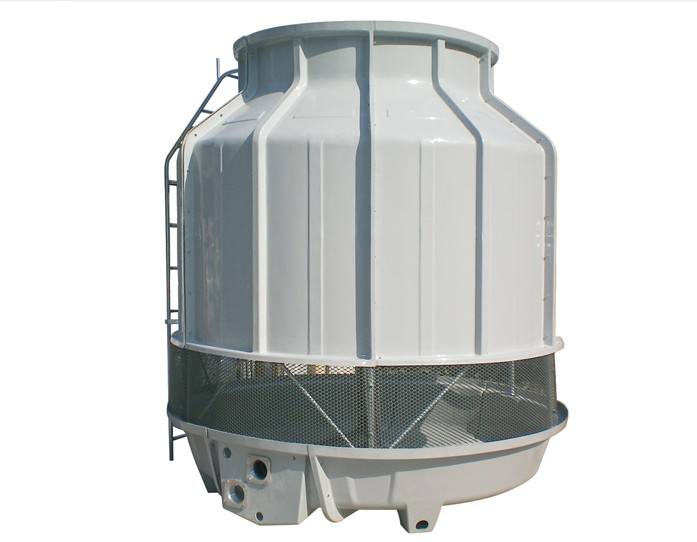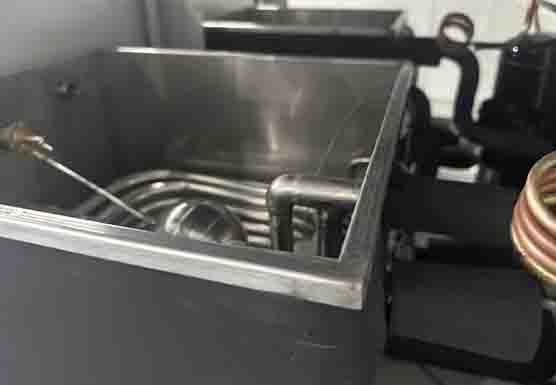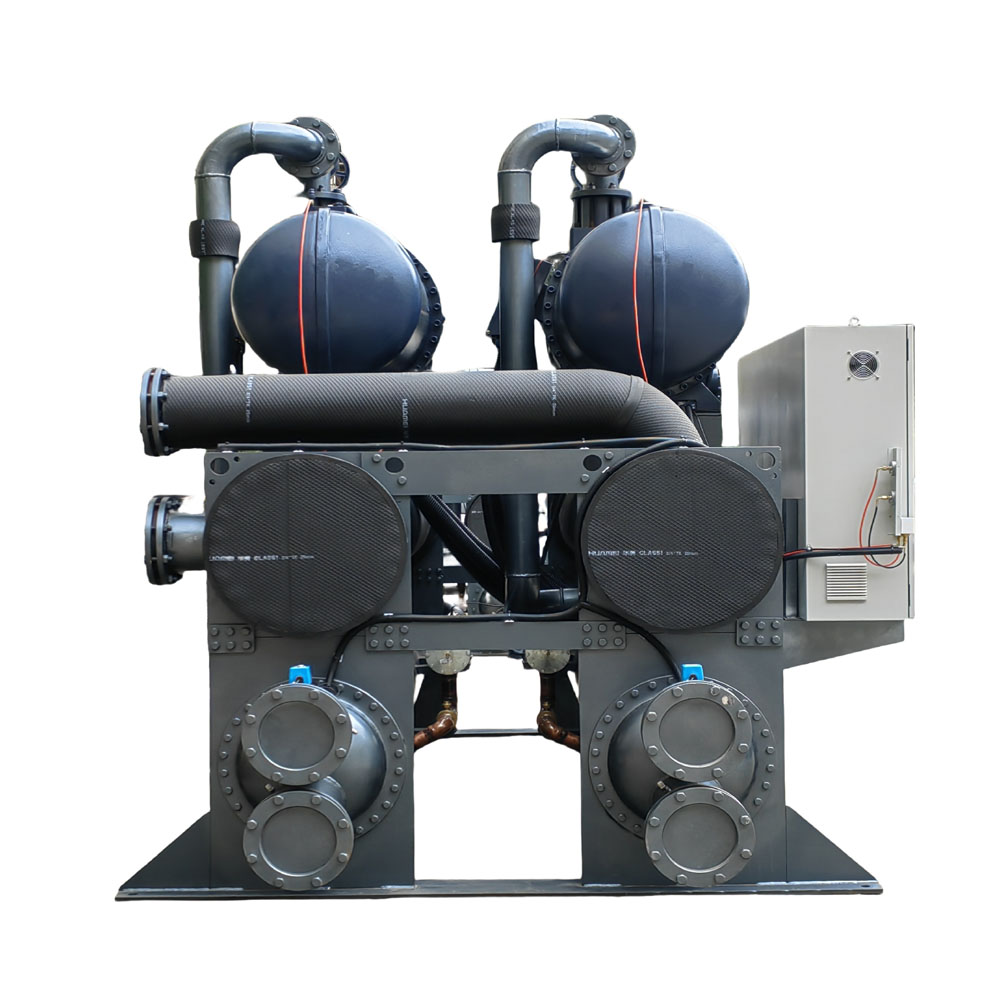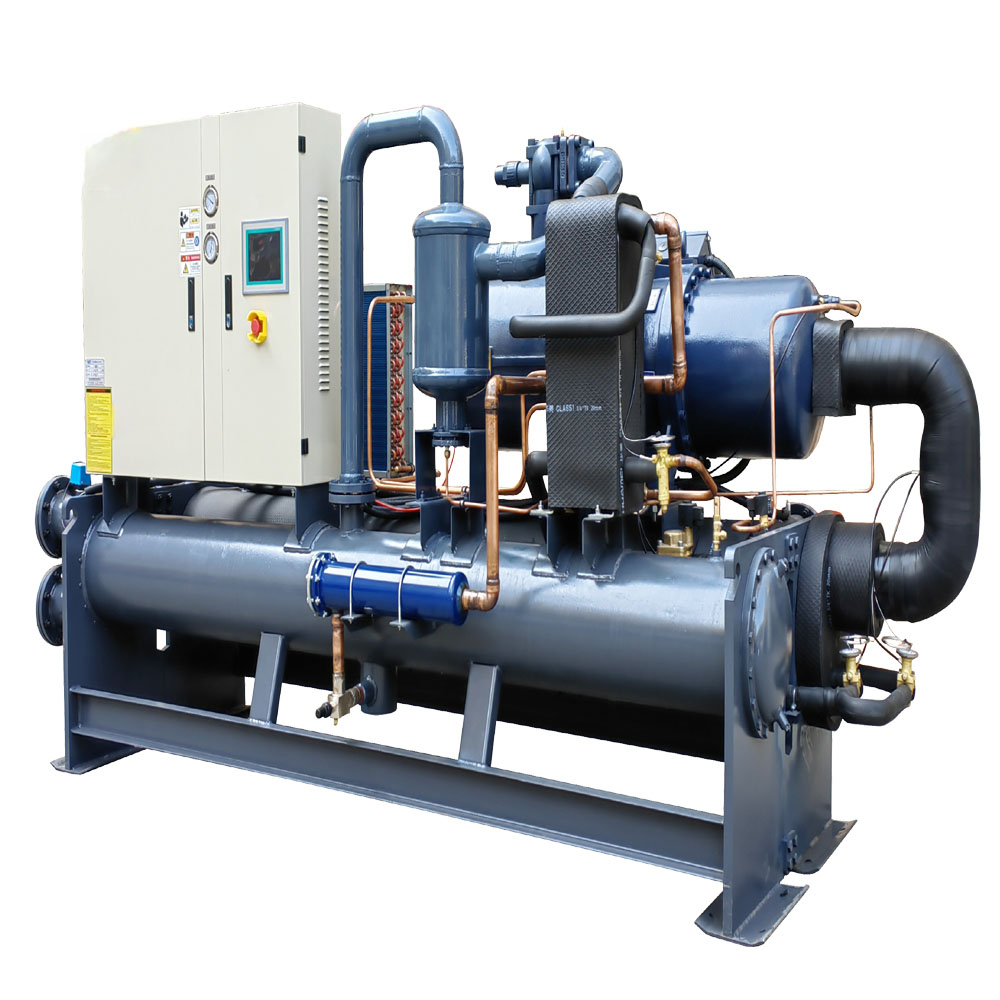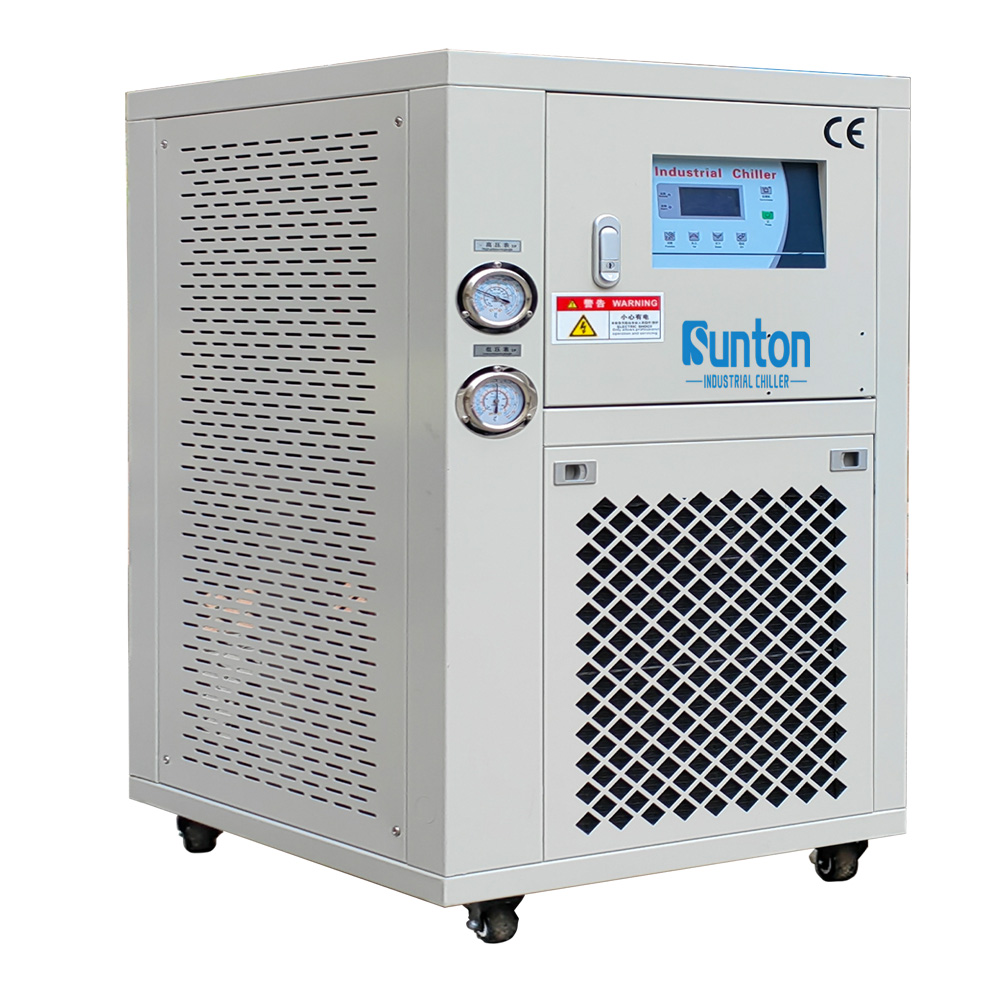-
Dalingshan Industrial Guangdong
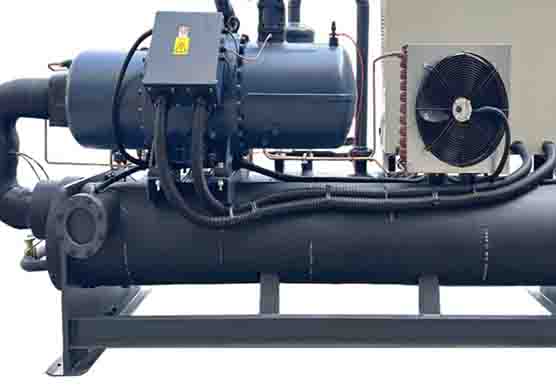
common chiller problems and solutions a troubleshooting guide
Chiller Troubleshooting Guide: Tackling Common Problems and Solutions
This article offers a comprehensive guide to diagnosing and resolving common issues encountered with industrial water chillers. Whether you operate in the plastics, food and beverage, or any other industry relying on these crucial cooling systems, understanding how to troubleshoot common problems is essential for maintaining efficiency, preventing downtime, and avoiding costly repairs. By exploring frequent chiller faults and their solutions, this guide aims to empower you with the knowledge to keep your chiller system running smoothly and efficiently. Read on to discover practical tips and insights that will enhance your understanding of chiller operation and maintenance, making this article an invaluable resource for anyone involved in industrial cooling processes.
Inhaltsübersicht
Introduction to Industrial Water Chiller Systems
Industrial water chillers are the backbone of cooling systems in various sectors, including the plastics and rubber industry, machining, food and beverage processing, chemical and pharmaceutical manufacturing, electronics, laser technology, printing, medical applications, laboratories, and data centers. As a chiller manufacturer, I’ve seen firsthand how these systems play a critical role in maintaining optimal process temperatures, ensuring product quality, and maximizing operational efficiency. A chiller system works by circulating a coolant fluid, typically water or a glycol solution, to remove heat from a process or equipment. The refrigerant within the chiller undergoes a refrigeration cycle, absorbing heat from the coolant and transferring it to the environment, either through an air-cooled or water-cooled condenser.
The value of the chiller system extends beyond mere temperature control. It safeguards machinery from overheating, prevents product defects, and contributes to energy efficiency by optimizing the cooling process. Understanding the basics of chiller operation is fundamental to effective troubleshooting. Regular inspections of components such as the compressor, condenser, evaporator, and expansion valve can prevent many common chiller problems. Keeping an eye on the display unit of the chiller for any fault or error code is also crucial.
Why is Regular Chiller Maintenance Important?
Proper maintenance is the cornerstone of reliable chiller operation. In my experience, many issues that lead to chiller troubleshooting can be averted with a proactive approach to maintenance. Regular chiller maintenance ensures that all components are functioning correctly, reducing the risk of unexpected failures that can halt production and lead to costly repairs.
Preventative maintenance programs should include checking refrigerant levels, inspecting for leaks, cleaning condenser coils, and verifying the proper operation of pumps and fans. These steps not only extend the lifespan of the chiller but also maintain its energy efficiency, keeping energy costs in check. It’s also important to monitor the flow rate and temperature at the chiller outlet to ensure consistent cooling performance. By adhering to a well-structured maintenance schedule, businesses can significantly reduce downtime and enhance the overall productivity of their operations. Check out our Shell and Tube Heat Exchanger page for more information on how to optimize your cooling systems.
What are the Common Causes of Chiller Problems?
Chillers, essential in various industries for maintaining optimal temperatures, can encounter several issues affecting their performance. Identifying these common causes of chiller problems is crucial for timely intervention and resolution. Three primary categories encompass most chiller faults: electrical issues, refrigerant-related problems, and mechanical failures.
Electrical problems often manifest as a chiller won’t start scenario. A blown fuse, loose wire, or tripped circuit breaker can interrupt power supply, causing the chiller to shut down. Regular checks of the electrical components and ensuring the integrity of connections can prevent such occurrences.
Refrigerant-related issues include low refrigerant levels, refrigerant leaks, or too much refrigerant in the system. These conditions can significantly reduce the chiller’s cooling capacity and efficiency. It is vital to monitor refrigerant levels regularly and address any leaks promptly to maintain optimal chiller performance.
Mechanical failures can involve components like the compressor, condenser, evaporator, or valves. For instance, a partially closed valve or a clogged filter drier can restrict the flow of coolant or refrigerant, leading to inefficient operation or even system failure. Understanding these common causes allows for better preventative maintenance and quicker troubleshooting.
How to Troubleshoot When Your Chiller Won’t Start
When a chiller won’t start, it can be a frustrating experience, especially when it disrupts critical operations. The first step in troubleshooting is to check the power supply. Ensure that the chiller is properly connected and that the circuit breaker hasn’t tripped. A blown fuse or a loose wire can also prevent the chiller from starting.
If the power supply is intact, the next step is to examine the control panel for any error codes. These codes can provide valuable clues about the nature of the problem. For instance, an error code related to low refrigerant might indicate a leak, while a code indicating high pressure could point to a blocked condenser.
In some cases, the issue might be as simple as a safety switch that has been activated. Resetting the chiller or checking the water flow rate can sometimes resolve the problem. If the chiller still won’t start after these checks, it’s advisable to consult a professional technician. Their expertise can be invaluable in diagnosing complex problems and preventing further damage to the chiller.
Addressing Issues With Chiller Cooling Capacity
One of the most common chiller problems is a noticeable decrease in cooling capacity. This can manifest as a gradual increase in process temperature or the chiller struggling to maintain the desired temperature. Several factors can contribute to this issue, including low refrigerant levels, a dirty or blocked condenser, or a malfunctioning compressor.
To address reduced cooling capacity, start by checking the refrigerant level. Low refrigerant can significantly impact the chiller’s ability to cool effectively. If the level is low, it’s essential to identify and repair any refrigerant leaks before recharging the system.
Another common cause of reduced cooling capacity is a dirty condenser. Dust and debris can accumulate on the condenser coils, reducing their ability to dissipate heat. Regular cleaning of the condenser can prevent this issue and ensure optimal cooling performance.
Understanding and Fixing Refrigerant-Related Problems
Refrigerant is the lifeblood of any chiller system, and issues related to it can severely impact performance. One common problem is low refrigerant levels, which can be caused by a refrigerant leak. Signs of a leak include hissing sounds, oily residues around fittings, or a noticeable decrease in cooling capacity.
To fix refrigerant-related problems, the first step is to identify and repair any leaks. This often involves using a leak detector to pinpoint the source of the leak and then repairing or replacing the affected components. Once the leak is fixed, the system can be recharged with the correct amount of refrigerant.
It’s also possible to have too much refrigerant in the system, which can lead to issues like high operating pressures and reduced efficiency. In such cases, the excess refrigerant needs to be removed by a qualified technician. Regular monitoring of refrigerant levels and pressures can help prevent these problems and ensure optimal chiller operation.
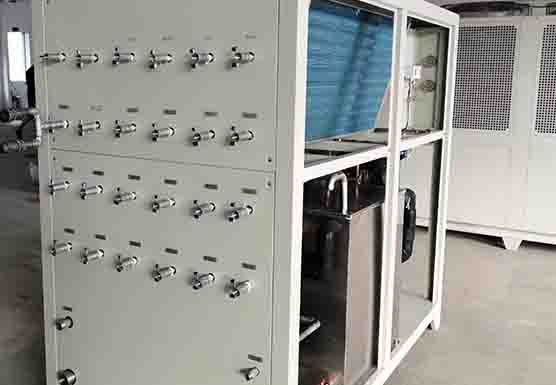
Compressor Issues: Diagnosis and Solutions
The compressor is the heart of the chiller, responsible for circulating the refrigerant throughout the system. Issues with the compressor can lead to a range of problems, from reduced cooling capacity to complete system failure. Common compressor problems include electrical faults, mechanical wear, and oil issues.
To diagnose compressor issues, start by checking the electrical connections and ensuring that the compressor is receiving power. A tripped breaker or a loose wire can prevent the compressor from starting. If the electrical system is intact, listen for unusual noises coming from the compressor, such as grinding or knocking sounds. These can indicate mechanical wear or internal damage.
Oil issues, such as low oil levels or contaminated oil, can also affect compressor performance. Regularly checking and changing the oil can prevent these problems. If the compressor is found to be faulty, it may need to be repaired or replaced by a qualified technician.
Condenser Problems: Keeping It Cool
The condenser plays a crucial role in the refrigeration cycle by dissipating heat from the refrigerant to the environment. Problems with the condenser can lead to reduced cooling capacity, increased energy consumption, and even system failure. One common issue is a dirty or blocked condenser, which restricts airflow and reduces heat transfer.
To keep the condenser cool, regular cleaning is essential. Dust, debris, and other contaminants can accumulate on the condenser coils, reducing their ability to dissipate heat. Cleaning the coils with a brush or compressed air can improve airflow and enhance cooling performance.
Another issue to watch for is high ambient temperatures. If the environment around the chiller is too hot, the condenser may struggle to dissipate heat effectively. Ensuring adequate ventilation and keeping the area around the chiller cool can help prevent this problem.
Evaporator Issues: Ensuring Optimal Heat Exchange
The evaporator is where the refrigerant absorbs heat from the process fluid, cooling it down to the desired temperature. Problems with the evaporator can lead to reduced cooling capacity and inefficient operation. One common issue is ice buildup on the evaporator coils, which can restrict airflow and reduce heat transfer.
To prevent ice buildup, ensure that the chiller is operating within its specified temperature range and that the flow rate of the process fluid is correct. If ice does form, it may be necessary to defrost the evaporator manually or adjust the chiller’s settings to prevent future ice formation.
Another issue to watch for is a clogged or dirty evaporator. Dirt and debris can accumulate on the evaporator coils, reducing their ability to absorb heat. Regularly cleaning the evaporator can prevent this problem and ensure optimal heat exchange.
The Role of Valves in Chiller Efficiency
Valves play a critical role in regulating the flow of refrigerant and process fluid within the chiller system. A malfunctioning valve can lead to a range of problems, from reduced cooling capacity to system failure. One common issue is a partially closed valve, which restricts flow and reduces efficiency.
To ensure chiller efficiency, it’s essential to regularly inspect and maintain the valves. Check for any signs of leakage or damage, and ensure that the valves are fully open or closed as required. If a valve is found to be faulty, it may need to be repaired or replaced.
Another issue to watch for is a stuck valve, which can prevent the flow of refrigerant or process fluid altogether. This can lead to a complete system shutdown and may require professional intervention to resolve.
Advanced Troubleshooting: When to Seek Professional Help
While many common chiller problems can be resolved with basic troubleshooting, there are times when it’s best to seek professional help. Complex problems, such as compressor failure, major refrigerant leaks, or issues with the control system, often require the expertise of a qualified technician.
If you’ve exhausted all basic troubleshooting steps and the chiller is still not functioning correctly, it’s time to call in a professional. Attempting to fix complex problems without the proper training and tools can lead to further damage and increased repair costs.
A qualified technician can diagnose the problem accurately and recommend the best course of action. They can also perform necessary repairs and ensure that the chiller is operating safely and efficiently.
Frequently Asked Questions (FAQs)
What should I do if my chiller is not cooling properly?
If your chiller is not cooling properly, start by checking the refrigerant levels. Low refrigerant can significantly impact cooling performance. Additionally, inspect the condenser and evaporator for dirt or blockages. A clean condenser and evaporator ensure efficient heat transfer. If these steps don’t resolve the issue, there might be problems with the compressor or valves, and consulting a professional is advisable.
How often should I perform maintenance on my chiller?
Regular maintenance is crucial for keeping your chiller running smoothly. You should perform basic checks, such as inspecting for leaks and cleaning the condenser, at least once every three months. A more thorough inspection, including checking refrigerant levels and testing electrical components, should be conducted annually by a qualified technician. Proper maintenance can prevent most common chiller problems and extend the lifespan of your unit.
What are the signs of a refrigerant leak?
Signs of a refrigerant leak include hissing sounds near the chiller, oily residues around fittings, or a noticeable decrease in cooling capacity. You might also see ice buildup on the evaporator coils. If you suspect a leak, use a leak detector to confirm and pinpoint the source. Addressing leaks promptly is crucial to maintain chiller efficiency and prevent further damage.
Can I troubleshoot my chiller myself, or should I always call a professional?
Many basic troubleshooting steps, such as checking the power supply, cleaning the condenser, and inspecting for error codes, can be performed by the operator. However, complex issues like compressor failure, major refrigerant leaks, or control system problems should be handled by a qualified technician. Attempting to fix these issues without proper training can lead to further damage.
What causes a chiller to make unusual noises?
Unusual noises from a chiller can indicate various problems. For example, grinding or knocking sounds may suggest issues with the compressor, such as mechanical wear or internal damage. Hissing sounds could point to a refrigerant leak. If you hear unusual noises, turn off the chiller and inspect for obvious issues like loose parts or blockages. If the cause isn’t clear, it’s best to consult a professional.
How can I improve the energy efficiency of my chiller?
Improving the energy efficiency of your chiller involves several practices. Ensure that the condenser is clean and free of obstructions to promote proper airflow. Regularly check and maintain refrigerant levels to ensure they are within the recommended range. Additionally, verify that all valves are functioning correctly and are fully open or closed as needed. Implementing a preventative maintenance schedule can also help maintain efficiency and reduce energy costs.
Conclusion
Here are the most important takeaways from this comprehensive guide on troubleshooting common chiller problems:
- Regular Maintenance is Key: Preventative maintenance, including checking refrigerant levels, cleaning the condenser, and inspecting valves, is crucial for preventing common issues and extending the lifespan of your chiller.
- Identify the Root Cause: When troubleshooting, start with the basics like power supply and error codes, then move on to more complex components like the compressor and valves.
- Refrigerant Matters: Properly managing refrigerant levels and addressing leaks promptly can significantly impact chiller performance and efficiency.
- Cleanliness Counts: Keeping the condenser and evaporator clean ensures optimal heat transfer and prevents issues like reduced cooling capacity and ice buildup.
- Know When to Seek Help: While basic troubleshooting can be done by operators, complex problems should be handled by qualified technicians to avoid further damage.
- Energy Efficiency: Implementing practices like regular cleaning, maintaining proper refrigerant levels, and ensuring correct valve operation can improve energy efficiency and reduce operating costs.
- Safety First: Always prioritize safety when troubleshooting or performing maintenance on your chiller. If unsure about any step, consult a professional.
By understanding and applying these principles, you can effectively manage your chiller system, minimize downtime, and ensure optimal performance across various industrial applications.
